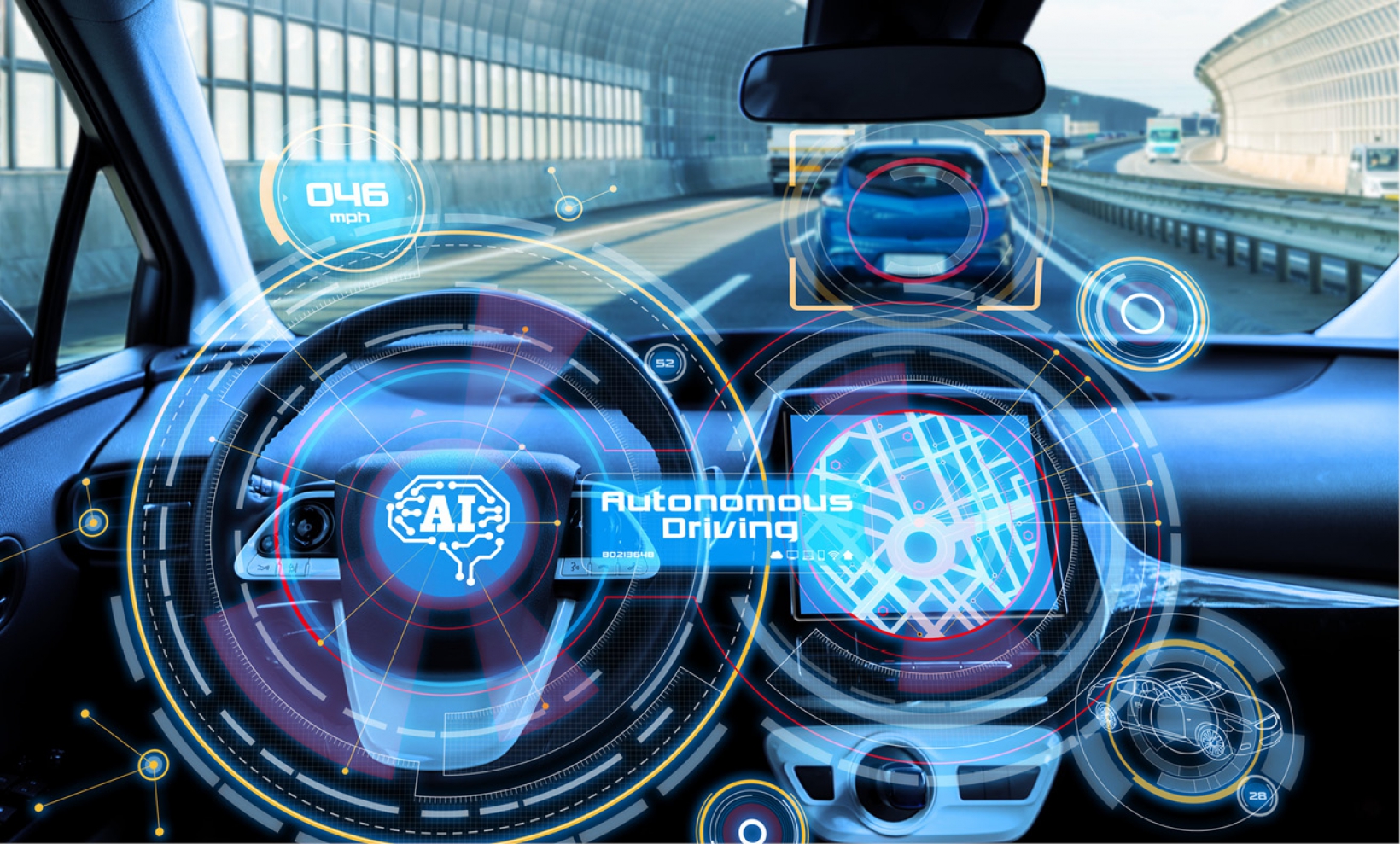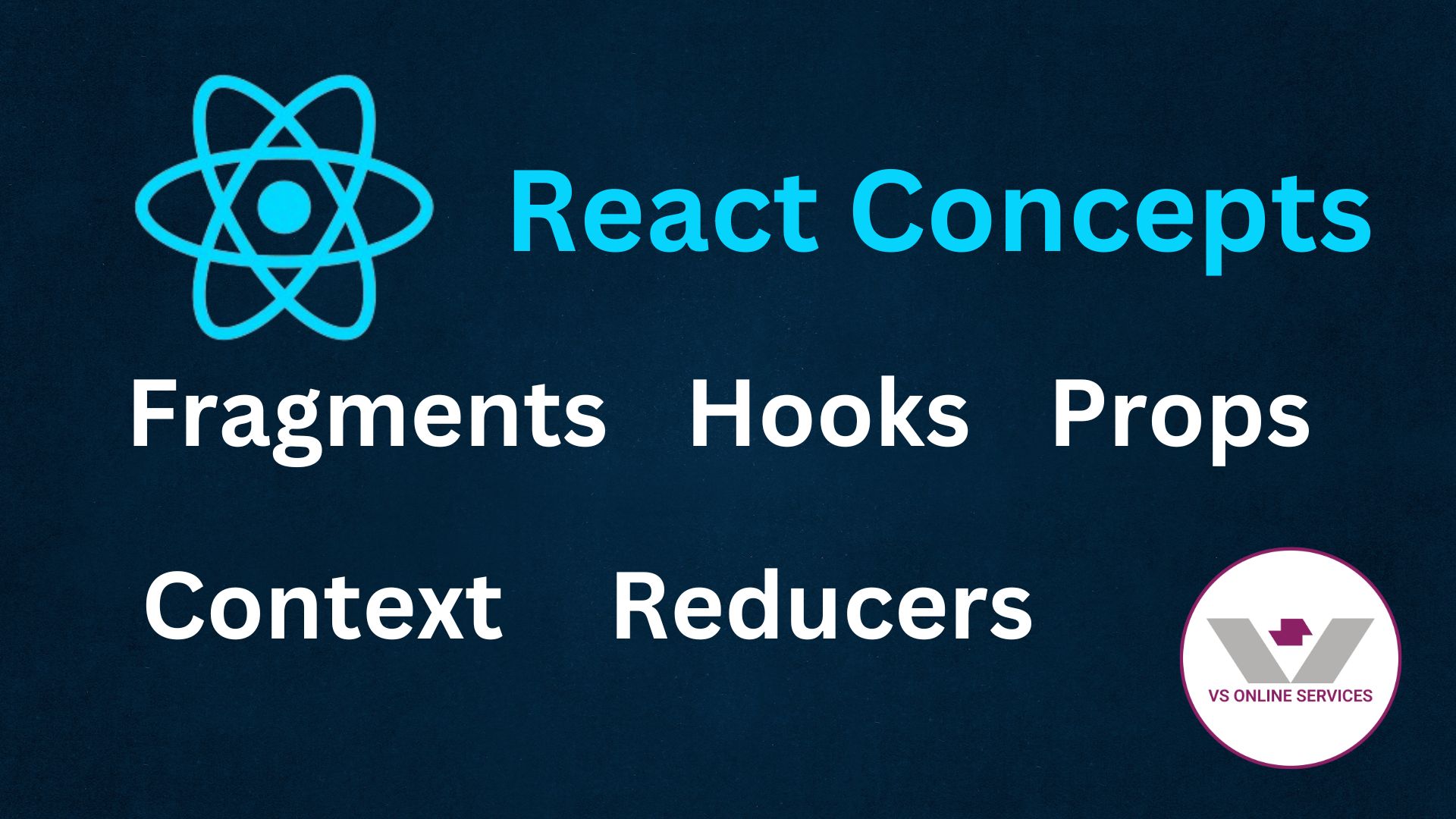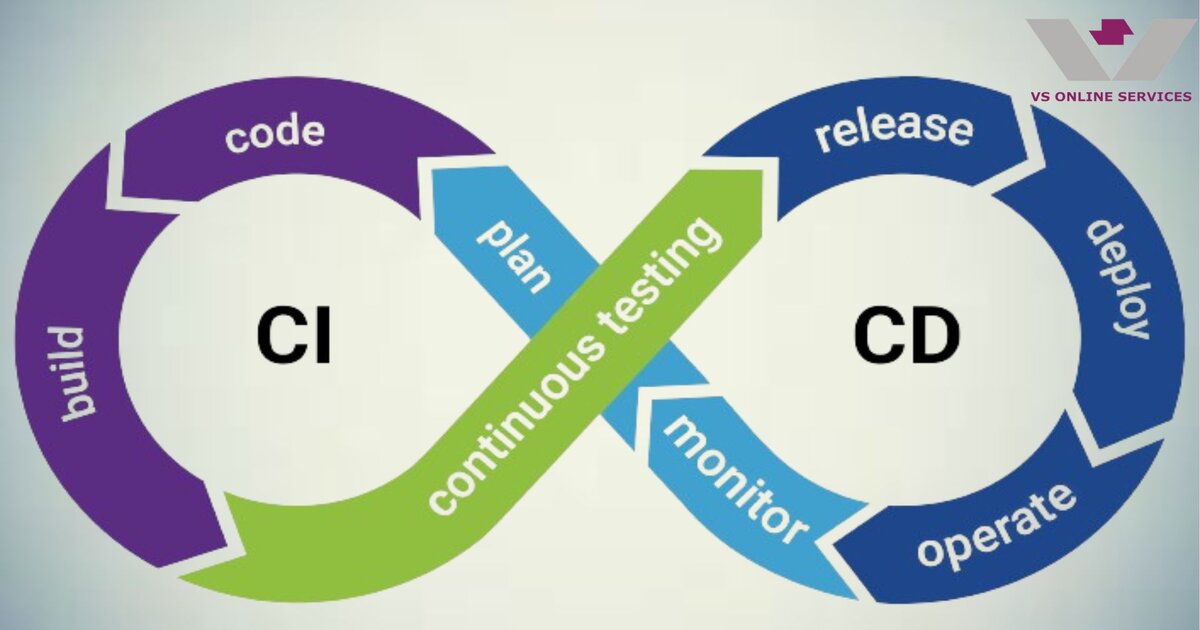24th Jun 2023
Elevating Electric Vehicle Safety: The Crucial Role of C++ in Advanced Camera Systems

In the rapidly evolving landscape of electric vehicles (EVs), safety has emerged as a top priority. While these environmentally friendly vehicles offer numerous advantages, ensuring the safety of passengers, pedestrians, and cyclists remains paramount. Advanced camera systems are at the forefront of enhancing EV safety, and the programming language C++ plays a pivotal role in bringing these sophisticated systems to life. In this blog post, we will delve into the essential role of C++ in developing advanced camera systems that contribute to the safety and success of electric vehicles.
The future of C++ is bright. The language is constantly evolving, and new features are being added all the time. C++ is also becoming increasingly popular in new areas, such as artificial intelligence and machine learning.
Here is a more detailed look at some of the predictions and emerging trends for the future of C++:
Electric vehicles are renowned for their quiet operation, which poses unique safety challenges, particularly for pedestrians and cyclists who may not hear an approaching EV. To mitigate these risks and elevate overall safety standards, EVs are equipped with advanced camera systems that offer a suite of vital features:
- 360-Degree Surround View: Advanced camera systems provide drivers with a comprehensive view of their surroundings, enabling them to detect obstacles, pedestrians, and cyclists from all angles.
- Object Detection and Tracking: Leveraging cutting-edge computer vision algorithms, these systems identify and track objects in real-time, offering early warnings and collision avoidance capabilities.
- Lane-Keeping Assistance: Cameras closely monitor lane markings, assisting drivers in staying within their lanes and reducing the risk of accidents caused by lane departure.
- Parking Assistance: Parking in tight spaces becomes effortless with the aid of these cameras, which offer a bird's-eye view of the vehicle's surroundings.
- Pedestrian Detection: Camera-based systems recognize pedestrians and can activate emergency braking if necessary, contributing to safety in urban areas and crowded environments.
The Pioneering Role of C++ in Advanced Camera Systems
Developing advanced camera systems that meet the exacting safety standards required for electric vehicles demands a programming language that embodies performance, efficiency, and robustness. C++ emerges as the language of choice for several compelling reasons:
- Unparalleled Performance: C++ is celebrated for its exceptional performance, making it exceptionally well-suited for real-time image processing and object detection. In the world of EVs, where split-second decisions can be life-saving, C++'s speed and efficiency are indispensable
- Fine-Grained Memory Control: C++ grants developers meticulous control over memory management, enabling optimization of memory usage and efficient execution of camera system algorithms. This fine-grained control is vital for running resource-intensive processes in real-time.
- Cross-Platform Compatibility: C++ offers cross-platform compatibility, ensuring that camera systems function seamlessly across diverse EV models and manufacturers. This cross-compatibility is instrumental in creating a standardized safety framework.
- Robust Libraries and Frameworks: C++ boasts a rich ecosystem of libraries and frameworks tailored explicitly for computer vision and image processing tasks. Notably, libraries like OpenCV provide a wealth of tools for crafting advanced camera systems.
- Safety-Critical Applications: Electric vehicle safety systems fall into the category of safety-critical applications where reliability is paramount. C++'s robust type system and the capacity to craft highly deterministic code render it ideal for such applications.
Case Study: Tesla's Autopilot System
A prime illustration of C++'s pivotal role in advanced camera systems for electric vehicles is Tesla's Autopilot system. Tesla vehicles are equipped with a sophisticated array of cameras, sensors, and radar, all orchestrated by C++ code running on a potent onboard computer. This system provides features like adaptive cruise control, automated lane-keeping, and advanced driver assistance—capabilities reliant on real-time image processing and object detection, all powered by C++.
Conclusion
As we forge ahead into an era marked by a significant transition to electric vehicles and embrace autonomous driving technologies, safety remains an unwavering focus. Advanced camera systems, backed by the formidable capabilities of C++, are instrumental in achieving this imperative. The synergy between C++'s performance, efficiency, low-level control, and cross-platform compatibility enables the development of intricate algorithms and image processing capabilities, ushering in a new era of EV safety. In this journey towards safer, cleaner, and more sustainable transportation options, C++ stands as an indispensable tool, ensuring that electric vehicles are not only environmentally friendly but also resolutely safe.




